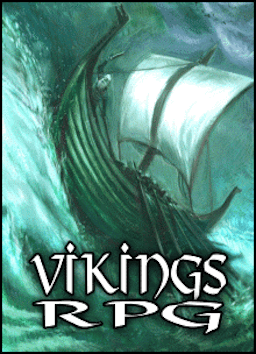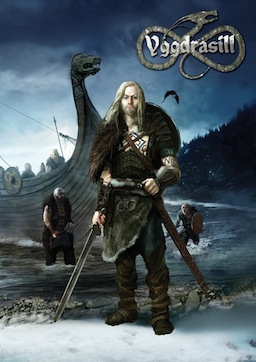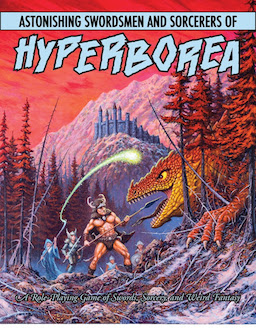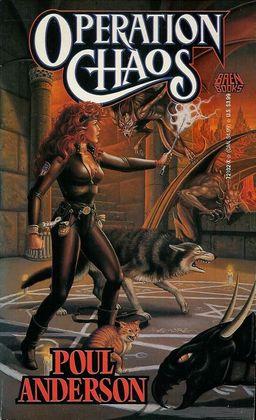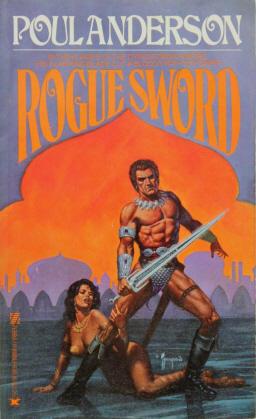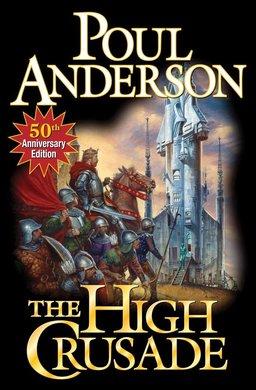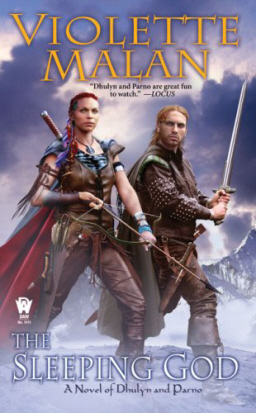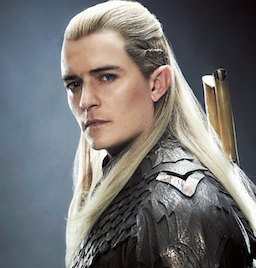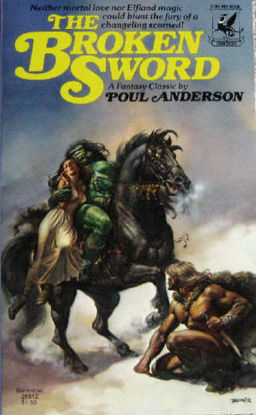Modular: Three Viking Age Supplements and One Role-Playing Game
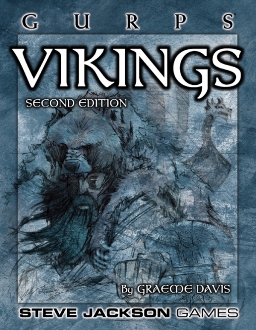 When I first discovered the Yggdrasill roleplaying game, I had the understanding that that Vikings-specific system existed in near-isolation. Oh how wrong I was! As I have purchased, downloaded and read Norse-themed rpg materials from DriveThruRPG and other sites, I have discovered that interest in the Northern ethos has been quite lively for some time. When, either out of mere curiosity or out of design to add to my home game, I first thought to collect Viking Age supplements, my mind naturally went to I.C.E.’s Vikings supplement for both Rolemaster and the Hero System: this was because, in my coming-of-age in the late 80s/early 90s, I was an ardent GM of MERP (Middle-Earth Role Playing, a scaled-down version of the Rolemaster rules set) and passionate about the Hero System in the form of Champions, a super-hero roleplaying game. But in those years, a young gamer with limited funds, I never could justify a pragmatic purpose for purchasing the I.C.E. Vikings supplement.
When I first discovered the Yggdrasill roleplaying game, I had the understanding that that Vikings-specific system existed in near-isolation. Oh how wrong I was! As I have purchased, downloaded and read Norse-themed rpg materials from DriveThruRPG and other sites, I have discovered that interest in the Northern ethos has been quite lively for some time. When, either out of mere curiosity or out of design to add to my home game, I first thought to collect Viking Age supplements, my mind naturally went to I.C.E.’s Vikings supplement for both Rolemaster and the Hero System: this was because, in my coming-of-age in the late 80s/early 90s, I was an ardent GM of MERP (Middle-Earth Role Playing, a scaled-down version of the Rolemaster rules set) and passionate about the Hero System in the form of Champions, a super-hero roleplaying game. But in those years, a young gamer with limited funds, I never could justify a pragmatic purpose for purchasing the I.C.E. Vikings supplement.
That situation has changed, now that I’m older and I have extra cash, but I still don’t have that I.C.E. supplement. The reason? Because it’s out of print and only available in hard copy via third party purveyors. The process of obtaining this seems like needless trouble when there are so many instant-gratification products available as immediate PDF downloads.
Today I will be reviewing, in the order in which I discovered and read them, three of these: GURPS Vikings, Troll Lord Games’s Codex Nordica, and Vikings of Legend for the Legend RPG System. All three of these seek to evoke a Viking Age roleplaying experience while using an existing rules set, the second type that I outline in my last post. I’ll say at the outset, though, that Codex Nordica read a lot like Vidar Solaas’s Vikings RPG, and I’m certain this is because of the similarity of the two systems that were being adapted for the Viking Age feel. Both Solaas’s D20 system and Brian N. Young’s Castles and Crusades engine have their foundations in Dungeons & Dragons, which has enjoyed so many iterations now that most of them aren’t even called Dungeons & Dragons anymore. Last post I allowed Solaas the distinction of having created an “original” Old Norse game, since he had to “hack” the D20 system so much. I’m tempted to award Young this same distinction, since in my view he visibly wrestled with many of the inflexibilities that I perceive in D&D games. But ultimately it belongs in the rpg supplement group; the following observation shares only one reason for this designation.
